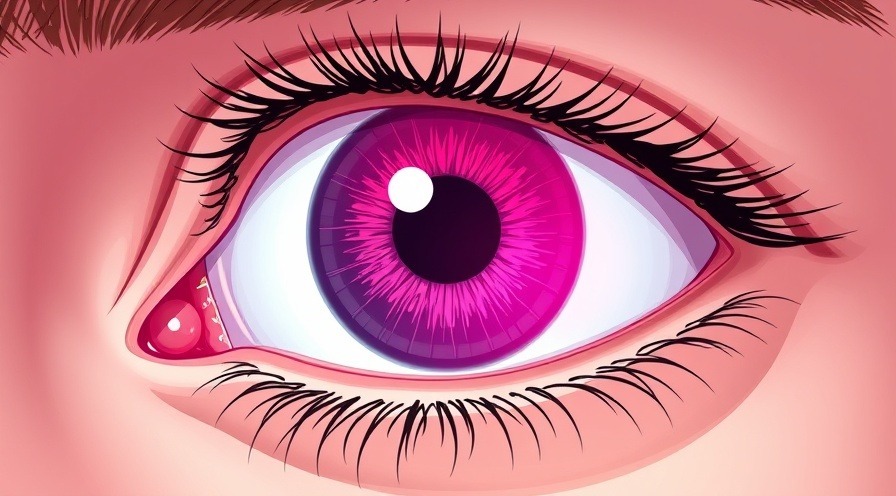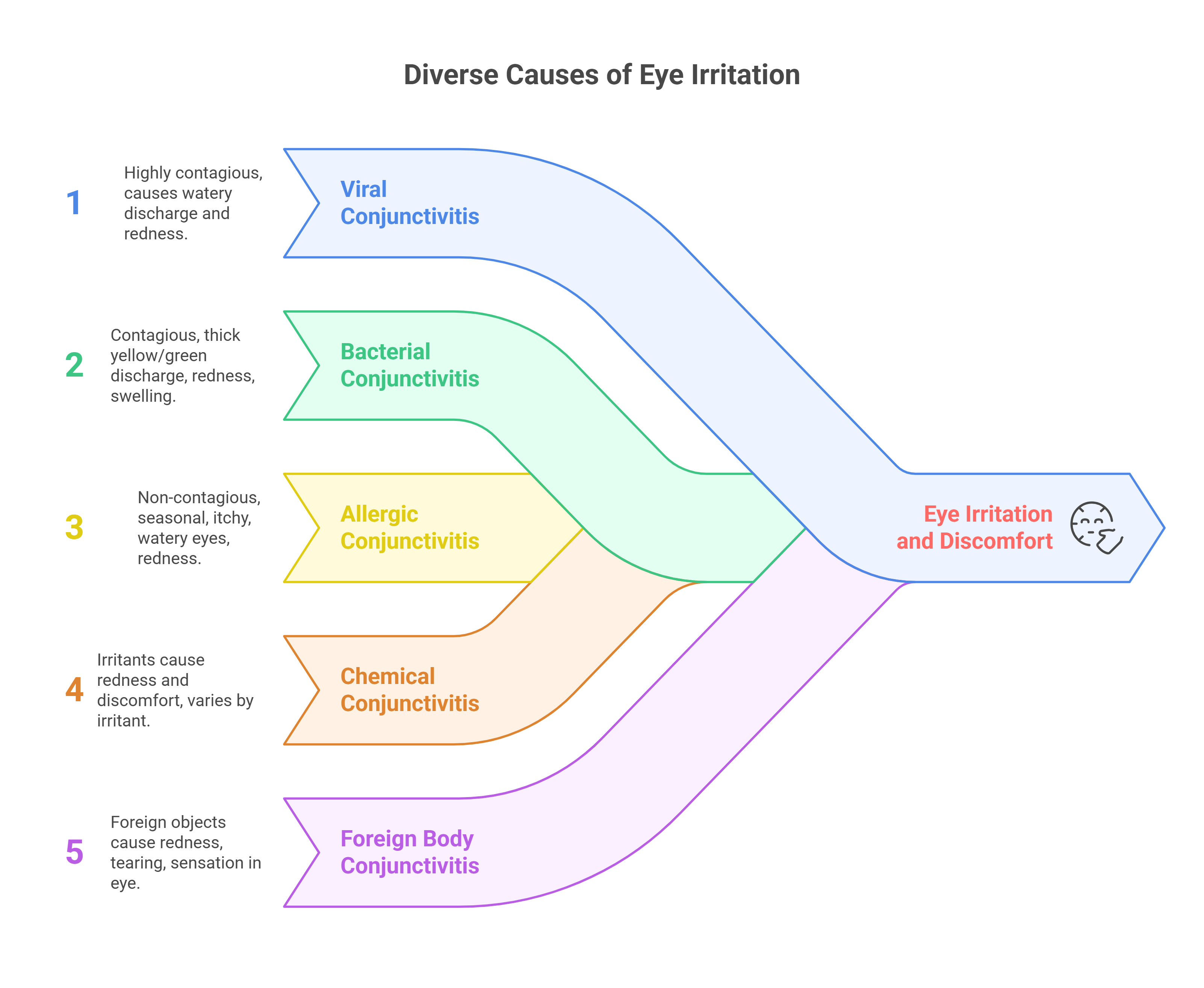
Understanding Pink Eye: Allergies, Bacteria, or Viruses?
Pink eye, medically known as conjunctivitis, is a common eye infection that can affect people of all ages. The causes of pink eye can vary widely, and recognizing the differences is crucial for effective treatment. Allergies, bacteria, and viruses can all trigger this pesky condition, and each type has its own implications when it comes to symptoms, contagiousness, and treatment options.
In 'What's REALLY Causing Your Pink Eye (Conjunctivitis)?', the discussion dives into the various causes of pink eye, exploring key insights that sparked deeper analysis on our end.
What Causes Allergic Pink Eye?
Allergic conjunctivitis is typically caused by allergens such as pollen, dust mites, or pet dander. It often accompanies other allergy symptoms like sneezing, runny nose, or itchy eyes. Allergic pink eye is not contagious, which means you can comfort a friend without worrying about passing it on. Over-the-counter antihistamines or allergy eye drops can help alleviate symptoms.
Bacterial vs. Viral Pink Eye: What's the Difference?
Bacterial conjunctivitis is characterized by symptoms such as a thick, yellow-green discharge from the eye, which can cause the eyelids to stick together, especially in the morning. This form can be contagious, so if you suspect you have it, visiting an eye doctor is essential. Antibiotic eye drops are typically used for treatment.
Conversely, viral conjunctivitis often presents with watery discharge and is associated with viral infections like the common cold. As with bacterial pink eye, it's contagious. While there isn’t a specific treatment for viral conjunctivitis, symptoms usually resolve on their own with proper care.
Why See Your Eye Doctor?
If you are experiencing symptoms of pink eye, it's crucial to consult an eye doctor. They can provide a definitive diagnosis and recommend the appropriate treatment. Knowing whether your pink eye is caused by an allergy, bacteria, or a virus can help you prevent spreading it to others and ensure your recovery is swift and effective. Early intervention can also help you avoid complications that might arise from untreated conjunctivitis.

Medical Insights
Dr. Vicente Diaz, a renowned ophthalmologist at Yale Medicine, explains,
“When your eyes are reddish and producing discharge, doctors may suspect conjunctivitis. To diagnose the condition and determine its type, a detailed medical history and physical examination are essential.”
He emphasizes the importance of identifying the cause—whether viral, bacterial, or allergic—since treatments vary significantly. For instance, Dr. Diaz notes that viral conjunctivitis, often caused by adenovirus, typically resolves within one to three weeks without specific antiviral treatment, while bacterial conjunctivitis may require antibiotic eye drops to hasten recovery and reduce transmissibility.
Additionally, Dr. Amir A. Azari, an expert from the Ophthalmic Research Center in Tehran, highlights in a 2020 review that
“effective management of conjunctivitis includes timely diagnosis, appropriate differentiation of etiologies, and tailored treatment,”
underscoring the need for professional evaluation to rule out serious conditions like gonococcal conjunctivitis, which can lead to severe complications if untreated. These insights from leading medical professionals affirm that while conjunctivitis is often self-limiting, consulting a healthcare provider ensures accurate diagnosis and appropriate care, particularly for persistent or severe cases.

Key Takeaways for Health-Conscious Adults
As health-conscious individuals, understanding the various causes of pink eye empowers you to take proactive measures for yourself and your family. Staying informed about your symptoms and knowing when to seek medical advice can greatly affect the outcome. Remember to practice good hygiene, like washing your hands frequently, to minimize your risk of contagion and keep your eyes healthy and clear.
Final Thoughts: Don't Ignore Pink Eye Symptoms!
In the end, pink eye is a common yet manageable condition. By understanding the differences between allergic, bacterial, and viral forms, individuals can take charge of their health. If you're experiencing any form of pink eye, reach out to your eye doctor for guidance. Remember, your eye health is an extension of your overall wellness.
Disclaimer: The information provided on this website is for general informational purposes only and should not be considered medical advice, diagnosis, or treatment. Always consult a qualified healthcare professional before making any decisions or taking actions related to your health, including but not limited to medical conditions, treatments, diets, supplements, or exercise programs. The content on this site is not intended to replace professional medical guidance. The website and its authors are not responsible for any actions taken based on the information provided.
 Add Row
Add Row  Add
Add 




 Add Row
Add Row  Add
Add 

Write A Comment